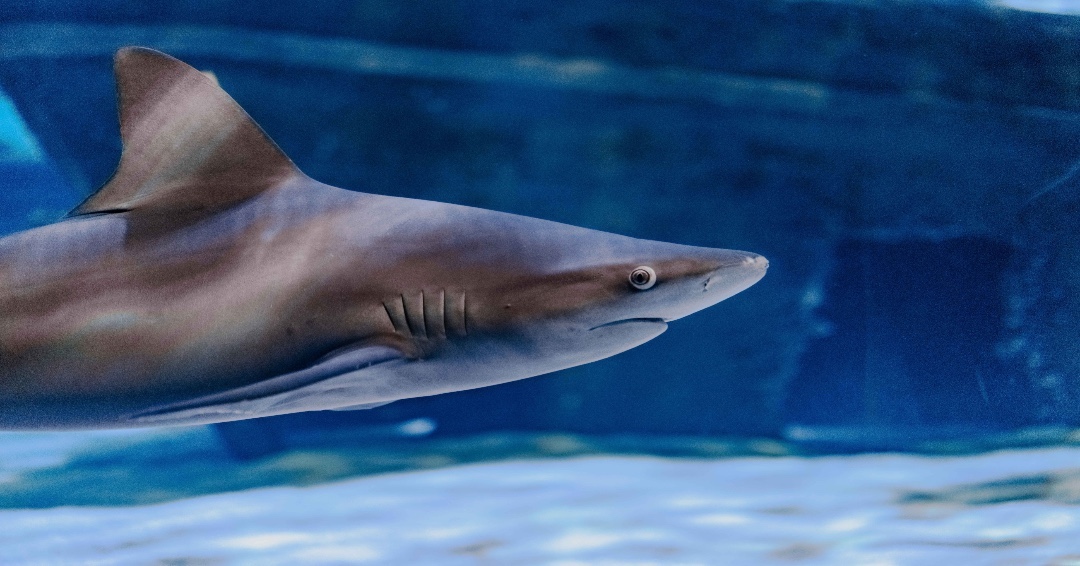Summary
1. The genus of the sandbar shark, Carcharhinus, translates to ‘sharpened nose of lead.’
2. Shark Week on Discovery Channel is a great opportunity to learn fascinating facts about sharks.
3. Sandbar sharks are known for their sand-dwelling behavior and have unique characteristics that make them interesting subjects to study.
Hold on to your fins! It’s Shark Week!
Sharks have intrigued and captivated us for centuries. With their sleek bodies, powerful jaws, and majestic presence, they are truly the kings and queens of the ocean. During Shark Week on Discovery Channel, we have the perfect opportunity to dive deeper into the fascinating world of these magnificent creatures. In this blog post, we will particularly focus on the sandbar shark, a species that calls the sandy bottoms of our oceans home.
Let’s start with an interesting fact about the sandbar shark. Its scientific name is Carcharhinus, which translates to ‘sharpened nose of lead.’ This unique name hints at the remarkable characteristics of this shark and its evolutionary adaptations to its sandy environment. If you’re ready to embark on an underwater adventure, keep reading!
1. Sand-Dwelling Behavior
Sandbar sharks can dwell in sandy habitats, which sets them apart from many other shark species. They prefer coastal areas, especially sandy bottoms near shorelines and in shallow water. This preference allows them to camouflage themselves perfectly, making it easier to catch their prey. The sandy coloration of their skin provides them with an excellent disguise, making it difficult for unsuspecting prey to detect their approach. The sandbar shark is a true master of disguise!
2. Unusual Body Shape
One of the striking features of the sandbar shark is its unique body shape. Its stout, cylindrical body with a broad, rounded snout gives it a distinctive appearance. This body shape allows it to navigate the sandy environment efficiently, enabling it to swim effortlessly through the fine particles of sand. The sandbar shark’s streamlined body helps it reach impressive speeds of up to 20 miles per hour, making it a formidable predator in its domain.
3. Impressive Size
Sandbar sharks are no small fry when it comes to size. They can grow up to 8 feet long and weigh over 200 pounds. These impressive dimensions make them one of the largest coastal shark species. Despite their size, they are generally not considered a threat to humans. However, as with wild animals, it’s important to exercise caution and respect when encountering them in their natural habitat.
4. Role in the Ecosystem
Like other predators, sandbar sharks play a crucial role in maintaining the balance of the ecosystem. As apex predators, they help control the population of smaller prey species, preventing them from overwhelming their environment. By regulating the population of their prey, sandbar sharks indirectly contribute to the health of the entire ecosystem. Their presence is a clear indication of a thriving ocean habitat.
5. Conservation Concerns
Unfortunately, like many shark species, sandbar sharks face numerous conservation concerns. Overfishing and habitat degradation are among the main threats they encounter. Sandbar sharks are often caught accidentally in fishing gear intended for other species, and their slow reproductive rate makes them particularly vulnerable to overexploitation. We must protect these magnificent creatures and their habitats to ensure their survival for generations.
During Shark Week, we have a unique opportunity to learn more about sandbar sharks and the many other fascinating species that inhabit our oceans. Through educational programs, documentaries, and immersive experiences, we can appreciate the beauty and importance of these creatures. Together, let’s celebrate Shark Week and develop a deeper understanding and respect for the incredible world of sharks.
So, hold on to your fins and dive into the stunning world of sandbar sharks during Shark Week! You might be mesmerized by their elegant movements and amazed by their hidden secrets. Remember, the ocean is a vast and mysterious place, and it’s up to us to protect and conserve its inhabitants, including these magnificent sharks. Happy Shark Week, everyone!
*****
Source Description
Hold on to your fins! It’s Shark Week! 🦈
The sand-dwelling sandbar shark’s genus type is Carcharhinus, which translates to ‘sharpened nose of lead!’
Watch @SharkWeek on @Discovery all week long to learn more jaw-some shark facts!
•
•


